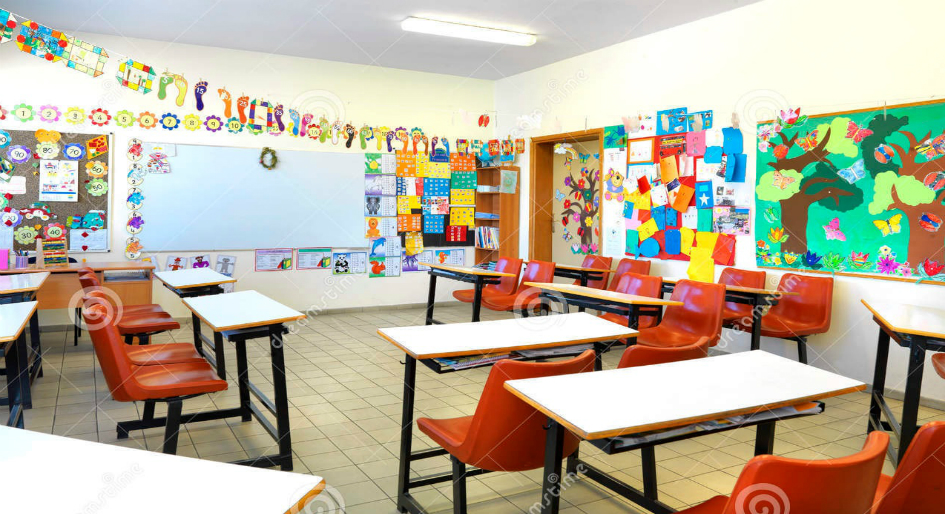The Lighting Research Center (LRC), at U.S.-based Rensselaer Polytechnic Institute, published guidance documents for designing circadian-effective lighting in K-12 classrooms and hospital patient rooms, while limiting increased energy use to the greatest extent possible.
The documents, released earlier this year, provide background information and summaries of recent research into the benefits of such lighting. For circadian entrainment and improvements in sleep quality and psychological health, high daytime light levels at the eye are necessary, followed by low evening/nighttime light levels in order to achieve a robust 24-hour light-dark pattern. However, the recommended light levels in K-12 classrooms and for general (non-exam) lighting in hospital patient rooms are generally too low for daytime circadian stimulation.
Providing the necessary light levels using design strategies typically intended to deliver illuminance to the horizontal workplane (as opposed to vertical illuminance at the eye) can have the unwanted result of increasing energy use compared to lighting installations designed with only visual performance in mind.
“With increased importance given to the health-related effects of lighting in many applications – especially in education and healthcare – the design community finds itself with a new challenge of delivering sufficient vertical illuminance for circadian stimulation without dramatically increasing lighting power demand,” said Charles Jarboe, a research scientist at the LRC and one of the lead authors of the guidance documents. “But providing energy-efficient and healthy lighting does not have to be an either-or proposition.”
The guidance documents are available at:
https://www.lrc.rpi.edu/programs/energy/energy_design.html
and








